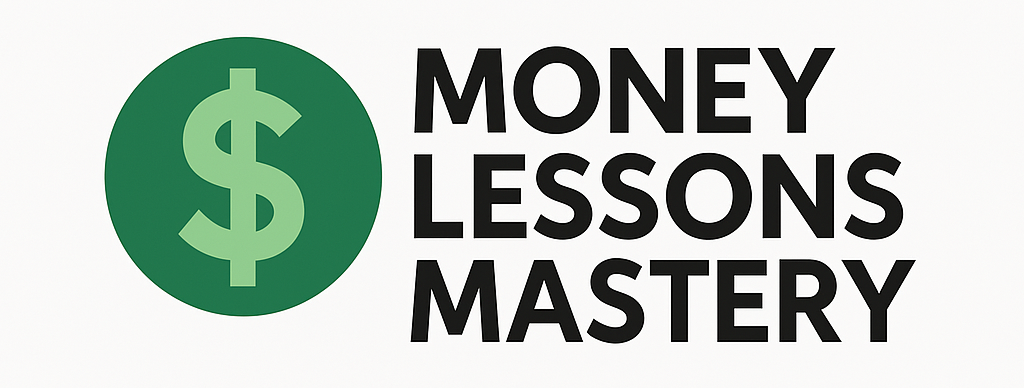Understanding your spending habits is the first step toward building a healthier financial future. Whether you’re trying to save more, pay off debt, or simply get a better handle on where your money goes each month, taking a close look at your spending patterns can provide valuable insight. Here are some practical tips you can follow to assess and improve your spending habits.
1. Track Every Dollar for a Month
Before you can evaluate your spending, you need to know exactly where your money is going. For at least 30 days, record every expense you make — no matter how small.
- Use budgeting apps: Apps like Mint, YNAB (You Need A Budget), or PocketGuard help categorize spending automatically.
- Keep receipts or maintain a spending journal: If you prefer something tactile, keep your receipts and write down your daily purchases.
- Review bank statements: Look over your debit and credit card transactions weekly to stay on track.
2. Categorize Your Expenses
Once you’ve tracked your spending for a month, organize your purchases into categories. This allows you to see which areas consume the largest portion of your income.
- Fixed expenses: Rent/mortgage, utilities, insurance, and loan payments.
- Variable expenses: Groceries, gas, dining out, entertainment, and shopping.
- Discretionary spending: Non-essential purchases like subscriptions, hobbies, and impulse buys.
3. Compare Spending to Income
This step helps you understand whether your spending aligns with your earnings. Compare your total monthly expenses to your after-tax income to see if you’re overextending financially.
- Aim to spend less than 80% of your income: Reserve at least 20% for savings and debt repayment.
- Identify deficits or surplus: A deficit suggests overspending; a surplus gives you room to boost savings.
4. Identify Problem Areas
Look closely at each spending category to identify trends or areas where you may be spending excessively.
- Recurring subscription creep: Small monthly fees add up quickly.
- Dining out too frequently: Cooking at home can save hundreds of dollars each month.
- Impulse buying: Highlight purchases that were unplanned or unnecessary.
5. Set Realistic Spending Goals
Use the insights you’ve gathered to create better money habits. Set monthly limits for your discretionary categories and establish goals that support your long-term financial plans.
- Build a budget: Use the 50/30/20 rule as a starting point — 50% necessities, 30% wants, 20% savings/debt repayment.
- Establish a spending cap: Define limits for areas like shopping or entertainment based on necessity and priority.
- Automate savings: Set up automatic transfers to savings accounts to “pay yourself first.”
6. Review and Adjust Regularly
Your spending and priorities can change over time. Make it a habit to review your budget and expenses monthly or at least quarterly.
- Look for continuous improvement: Small adjustments can lead to big financial wins.
- Celebrate progress: Acknowledge milestones, like reducing dining out costs or hitting a savings goal.
Final Thoughts
Taking stock of your spending habits doesn’t have to be overwhelming. With a little consistency, you’ll gain control over your finances and develop smarter behaviors that support your financial goals. Start small, track diligently, and make thoughtful changes — your wallet will thank you.
